TEM characterization of neutron irradiated HT-9 as a function of irradiation temperature and dose
Principal Investigator
- Name:
- Indrajit Charit
- Email:
- [email protected]
- Phone:
- (208) 526-6918
Team Members:
| Name: | Institution: | Expertise: | Status: |
|---|---|---|---|
| Ramprashad Prabhakaran | Pacific Northwest National Laboratory | Advanced Fuels, Friction Stir Welding, Fuel Cladding, Irradiation Damage Behavior, Mechanical Properties, Small-Scale Mechanical Testing | Other |
| Stuart Maloy | Pacific Northwest National Laboratory | Alloys, Characterization, Mechanical Testing, Steel | Other |
| Danny Edwards | Pacific Northwest National Laboratory | Microstructural Characterization, Radiation Effects | Other |
| Kumar Sridharan | University of Wisconsin | Microstructure-Property Correlations; Physical Metallurgy; Radiation Effects | Faculty |
Experiment Details:
- Experiment Title:
- TEM characterization of neutron irradiated HT-9 as a function of irradiation temperature and dose)
- Hypothesis:
- Neutron irradiation can affect HT-9's microstructure and failure mode that are critical for superior mechanical behavior and radiation damage resistance. Hence, the objective of this study is to perform TEM studies on neutron irradiated HT-9 (~4 dpa) as a function of irradiation temperature (241°C - 469°C) and dose (3 - 8 dpa) and then utilize the existing mechanical test data to develop appropriate property-structure-temperature-dose correlations.
- Work Description:
- * Materials: HT-9 was neutron irradiated (4-8 dpa) in the ATR at various temperatures (241°C - 469°C). PNNL received these samples from INL NSUF library, and mechanical characterization (tensile testing at irradiation temperatures – all samples; and microhardness testing at room temperature – lower dose) of HT-9 (ORNL heat) as a function of irradiation temperature and dose was performed under a funded RTE project (#1687; led by Ramprashad Prabhakaran, Co-PI of this RTE proposal). Failed tensile specimen shoulders and TEM discs (control and irradiated) are available at PNNL for the proposed study. * PIE: The proposed work at PNNL is to perform TEM microstructural characterization on six HT-9 samples: one control sample and five irradiated (241°C/3.4 dpa, 388°C/4.1 dpa; 452°C/4.3 dpa; 359°C/6.5 dpa; 469°C/8.6 dpa; actual values). PNNL is a partner NSUF facility that has well established capabilities for performing microstructural characterization. - Task 1: Preparation of TEM lamellae from tested tensile specimen shoulders and discs at PNNL: As a part of prior funded RTE project #1687 to perform microhardness testing on lower dose samples, four out of six samples were already mounted and polished to a 1-micron condition. Sample sectioning and preparation would be performed on only two higher dose samples. TEM lamellae will be prepared using focused ion beam (FIB) from all six samples (control: 1; irradiated: 5). - Task 2: Perform TEM studies on HT-9 (control and neutron irradiated): The microstructures of six samples (control: 1; irradiated: 5) will be studied using transmission electron microscopy (TEM) in both conventional and scanning modes (CTEM and STEM). STEM images will be taken to characterize the precipitates (such as Cr-rich coarse M23C6, Nb/V-rich ultrafine MX, alpha-prime, and any other phases that may be present). TEM will be also used to observe the grain structure, prior austenite grains, martensite packet, lath structure and primary carbide structure (inter and intra lath precipitation of carbides) within the alloy. TEM will also be employed to study dislocation loops (size and number density), cavities and radiation-induced segregation (RIS). EDS will be utilized to map the carbide distributions and observe local microchemical variations. - Task 3: Develop appropriate property-structure-temperature-dose correlations: The microstructural information obtained from the proposed work will aid in understanding the effect of neutron irradiation temperature (241°C - 469°C) and dose (3-8 dpa) on second phase evolution, dislocations, cavities, RIS, prior austenite grain, carbide sizes and volume fraction, martensite lath structure and martensite packet which are critical for superior mechanical behavior and radiation resistance. To understand the contributions to irradiation hardening, the dispersed barrier-hardening model will be employed to determine the changes in yield strength induced by each type of obstacles, and then compare the measured hardening (tensile and Vickers microhardness data from previously funded RTE project) with microstructure-deduced hardening (ongoing RTE APT project# 4629 and proposed RTE project related to TEM). These results will then be used to develop appropriate property-structure-temperature-dose correlations. The results of the proposed work could be extended beyond HT-9, and it would be relevant to many F-M steels. Thus, the proposed work will have substantial implications for the deployment of next-generation advanced reactors.
Project Summary
Ferritic-martensitic (F-M) steels are being considered as candidate in-core structural materials for advanced reactors due to their excellent resistance to radiation-induced void swelling, microstructural stability, thermal conductivity, and superior irradiation creep properties. HT-9 has a relatively large irradiation mechanical and microstructural database. HT-9 was utilized in fast reactors, and it is still the first-choice candidate core material for a number of advanced reactor concepts due to its service performance and the relatively large database on it. Currently, commercial nuclear power companies (such as TerraPower) have rejuvenated the manufacturing of HT-9. To address the issue of low-temperature (~425°C) irradiation hardening and embrittlement, it is necessary to conduct systematic investigations on the mechanical behavior and microstructure of HT-9 with slight variations in chemical composition and heat treatment over a wide range of doses and temperatures. Three HT-9 heats (ORNL, LANL and EBR II) with variations in manufacturing process, chemical composition and heat treatment were neutron irradiated in the ATR as a part of the UW-Madison NSUF pilot irradiation experiment. PNNL received neutron irradiated tensile samples of HT-9 heats (ORNL, LANL and EBRII) as a function of processing conditions (variations in chemical composition and heat treatment) and irradiation temperatures from the NSUF library, under a funded RTE project #1687 and obtained the mechanical properties (tensile testing at irradiation temperatures and Vickers microhardness testing at room temperature). Tensile testing at irradiation temperatures showed the highest increase in yield strength at 241°C, followed by 388°C and 469°C. Maximum impact of this work will be obtained by performing TEM characterization of these neutron irradiated samples present at PNNL to correlate the measured hardening with microstructural features. The proposed project aims to perform a comprehensive TEM characterization of HT-9 heat (ORNL) as a function of irradiation temperature (241°C - 469°C) and dose (3- 8 dpa). TEM will used to evaluate control and irradiated samples and observe the general grain structure, prior austenite grains, martensite packet, lath structure and primary carbide structure, since these parameters can significantly affect the mechanical behavior and radiation resistance of HT-9. TEM will also be employed to study dislocation loops (size and number density), radiation-induced cavities, segregation, and phase transformation. For irradiated F-M steels, the increase in yield strength is quite steep up to around 10 dpa. Hence, a comprehensive understanding of the mechanical behavior and microstructural features of HT-9 after irradiation to lower doses (1-10 dpa) will be beneficial for more accurate extrapolation to higher doses. Efforts will be made to comprehensively understand the effects of radiation damage on HT-9 heats at the LWR and fast reactor relevant temperatures, and to develop appropriate property-structure-dose-temperature correlations. The results of the proposed work could be extended beyond HT-9, and it would be relevant to many F-M steels. Thus, the proposed work will have substantial implications for the deployment of next-generation advanced reactors. The project performance (TEM lamella preparation, TEM characterization, and analysis) is expected to take place during June-Dec 2024 and will result in one conference presentation and one journal article publication.
Relevance
One of the goals of the DOE-NE R&D programs is to develop advanced structural materials for the next generation of reactors that have good neutronics, dimensional stability, corrosion resistance, mechanical and thermal properties under irradiation. HT-9 is being considered as a candidate structural material for advanced reactors, due to their superior irradiation resistance. Despite various advantages, HT-9 and other F-M steels have serious issues during low-temperature (~425C) neutron irradiation, and it is a critical concern because temperature drops during reactor shutdowns and temperature transients are inevitable during operation. To address the issue of low-temperature neutron irradiation hardening and embrittlement, systematic investigations on the mechanical behavior and microstructure of HT-9 with slight variations in chemical composition and heat treatment are needed over a wide range of doses and temperatures. Three HT-9 heats (ORNL, LANL and EBR II) with variations in manufacturing process, chemical composition and heat treatment were neutron irradiated (~4 dpa) in the ATR (NSUF irradiation experiment). The mechanical properties of these alloys were recently evaluated under a funded RTE project. Maximum impact of this work will be obtained by performing TEM characterization of these neutron irradiated samples to correlate the measured hardening with microstructural features. The proposed project aims to perform a comprehensive TEM characterization of HT-9 heat (ORNL) as a function of irradiation temperature (241°C - 469°C) and dose (3- 8 dpa). TEM will used to evaluate control and irradiated samples and observe the general grain structure, prior austenite grains, martensite packet, lath structure and primary carbide structure, since these parameters can significantly affect the mechanical behavior and radiation resistance of HT-9. TEM will also be employed to study dislocation loops (size and number density), radiation-induced cavities, segregation, and phase transformation. For irradiated F-M steels, the increase in yield strength is quite steep up to around 10 dpa. Hence, a comprehensive understanding of the mechanical behavior and microstructural features of HT-9 after irradiation to lower doses (1-10 dpa) will be beneficial for more accurate extrapolation to higher doses. Efforts will be made to comprehensively understand the effects of radiation damage on HT-9 heats at the LWR and fast reactor relevant temperatures, and to develop appropriate property-structure-dose-temperature correlations. The results of the proposed work could be extended beyond HT-9, and it would be relevant to many F-M steels. Thus, the proposed work will have substantial implications for the deployment of next-generation advanced reactors.
Please wait
About Us
The Nuclear Science User Facilities (NSUF) is the U.S. Department of Energy Office of Nuclear Energy's only designated nuclear energy user facility. Through peer-reviewed proposal processes, the NSUF provides researchers access to neutron, ion, and gamma irradiations, post-irradiation examination and beamline capabilities at Idaho National Laboratory and a diverse mix of university, national laboratory and industry partner institutions.
Privacy and Accessibility · Vulnerability Disclosure Program

